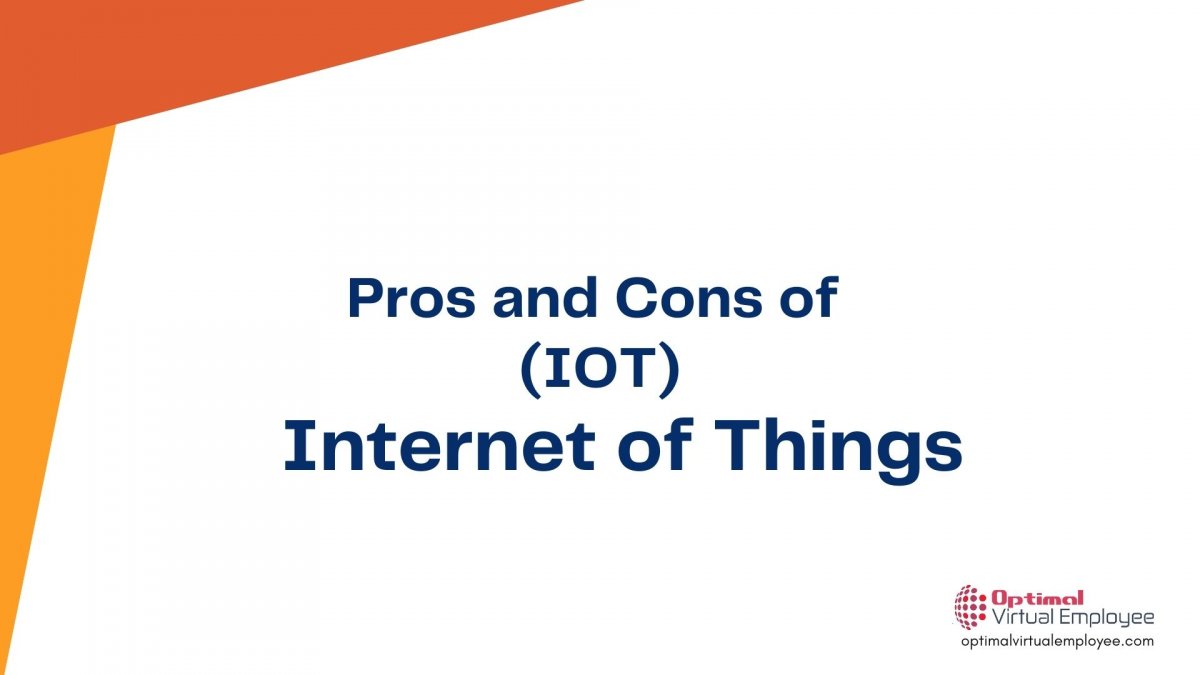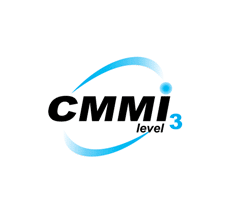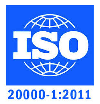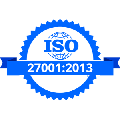The Internet of Things is an interconnection of technology that is all set up to be the next big disruption in the digital world. Posed at bringing forth a paradigm shift in technological developments, IoT is designed to extend the connection between people and computers to include digitally connected things. IoT-driven devices synchronize with and assess complex data.
To put it simply, IoT is a smart virtual connection of devices, processes, peoples, and everything else that surrounds us. Experienced software developers say this technology makes our environment smart enough so that its elements communicate automatically without any human intervention.
Pros of IoT
-
Communication
IoT facilitates inter-device communication or what is more popularly known as Machine-to-Machine (M2M) communication. It helps physical devices make connections and remain synchronized. Thanks to M2M, there is transparency in how networks work, ensuring optimal efficiency and better outputs.
-
Automation and Control
Today, a number of physical objects function in a digital format and are connected to a centralized wireless network. This is what brings central management and synchronization factors into the limelight. Rising above the need for human intervention helps machines to communicate mutually and present error-free results quickly. With IoT, users can automate and control repetitive everyday tasks. It infuses uniformity in execution and helps maintain the quality of service.
-
Vigilance
IoT advancements can be the backbone of activities like monitoring, surveillance, and vigilance. Thanks to IoT integration, tech devices can supply more information than they already can. IoT tech automatically takes care of repetitive, time-consuming, and mundane tasks and can grow to become indispensable in the times to come. IoT can optimize energy and resource utilization by constantly surveilling devices. It also generates alerts in case of probable malfunctioning, breakdowns, and damages to the system and saves the user from hefty losses.
-
Money
Contrary to popular belief, IoT is a cost-efficient tech advancement. The tagging and monitoring equipment cost must be less than the actual amount of money saved using IoT. IoT integrated devices can be a useful fit in user’s daily routines as they can make the appliances communicate to each other, eventually saving and conserving energy and cost. The technology helps data communication and sharing between devices and then deciphering it to best suit the use-case of the humans.
Various Use Cases of IoT
-
Smart Cities
The use of IoT technology enables monitoring of infrastructural development where there is an overload on the scaffolding. The technology can also help with checking noise pollution in the social hubs of the town. IoT integration into the traffic network of a smart city can help swellers avoid traffic jams during peak hours, accident cases, etc. IoT integration can also optimize the use of streetlights in the area.
-
Industries
IoT software development for businesses can bring robustness to manufacturing processes. IoT is the kind of technology that optimizes production and manages the back-end and supply chains. Industrial workflow management needs like machine repair and maintenance work can also be automated thanks to intelligent IoT development. Another great use-case of IoT application would be continuous monitoring of various emissions into the environment by the industries and the health of the industrial labor.
-
Health
IoT can be used to identify health problems and mitigate them on time. IoT apps and software can track patterns of heart rate, pulse, digestive system, and blood pressure and make a rudimentary diagnosis before medical intervention even begins. Such data can be then synched into EHRs. IoT devices can also send SOS messages to hospitals in case of data-driven red alerts.
Cons of IoT
-
Compatibility
In the absence of an international standard of compatibility for the tagging and monitoring equipment, there is no uniformity in the IoT-compatible products. Device manufacturers need to agree to a standard, such as Bluetooth, USB, etc., to be compatible with IoT.
-
Complex
Like every other novel and complex tech advancement, IoT is failure-prone. While failure or system bugs in the software or hardware can disrupt workflow, situations like power failure can also do significant damage.
-
Data Security
Since IoT devices share data continuously, the chances of a data breach are common. There is a need to ensure that IoT-powered devices share data in a well-encrypted manner. There is a need to ascertain that unauthorized intruders do not access private and confidential information.
-
Manual Unemployment
Looking at it from a social lens, IoT-backed widespread automation can cause mass unemployment of unskilled labor, which can be a concerning issue.
In the End
Like every other new advancement, various IoT challenges need to be addressed before it is utilized optimally. The pros of IoT outweigh its disadvantages. IoT software development is the next big thing in the digital realm, and if you are a young entrepreneur, it is something you need to explore. If you have an IoT integrated software idea, do not hesitate to write to us. We help young businesses explore the various advantages of IoT with intelligent software development and the disadvantages listed above.









